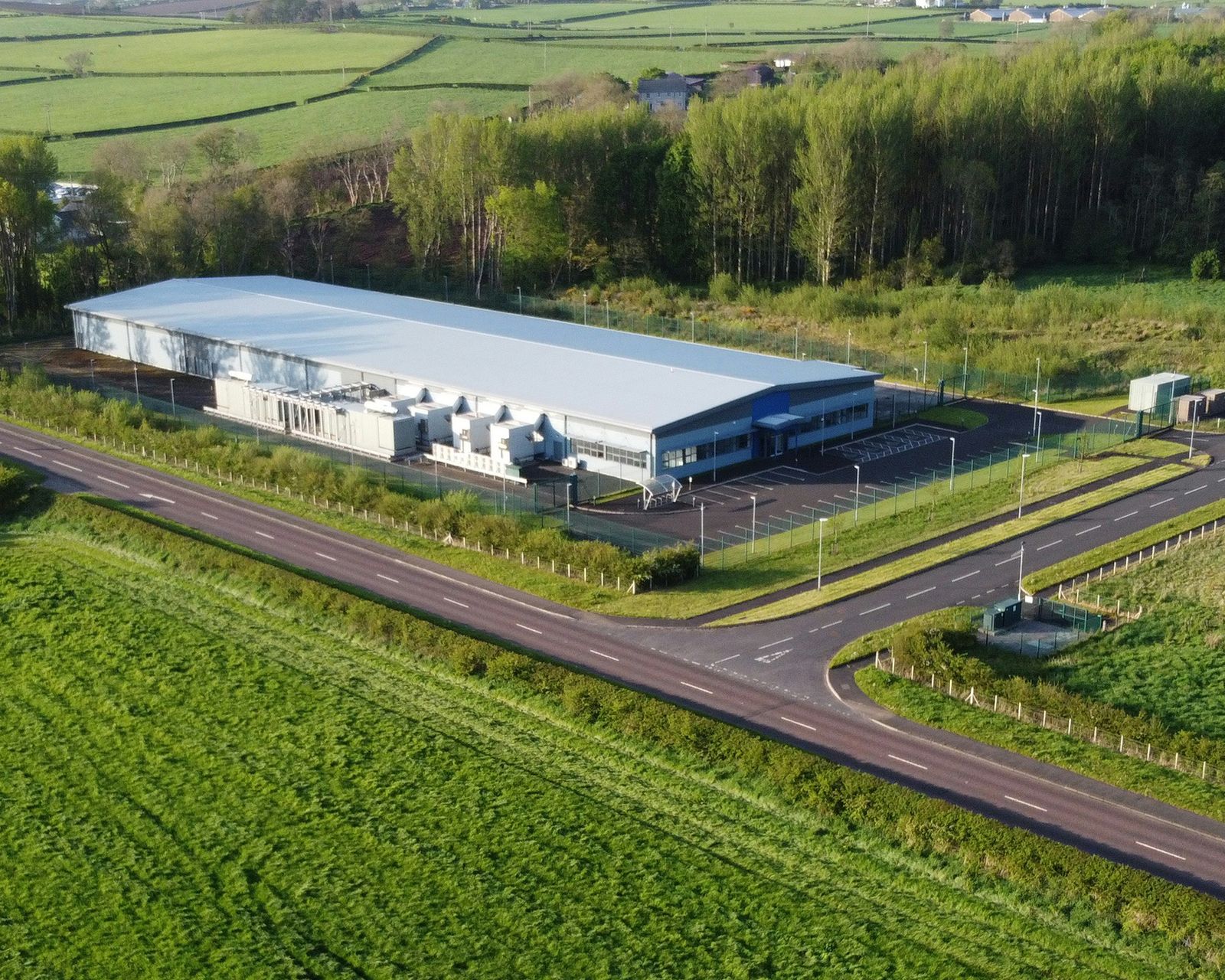Building Better: Tackling Embodied Carbon with Local Natural Materials
By Malcolm Birks | 22.07.25
The construction industry is undergoing a transformation. As the urgency of the climate crisis grows, sustainability has become a non-negotiable element of modern building practices.
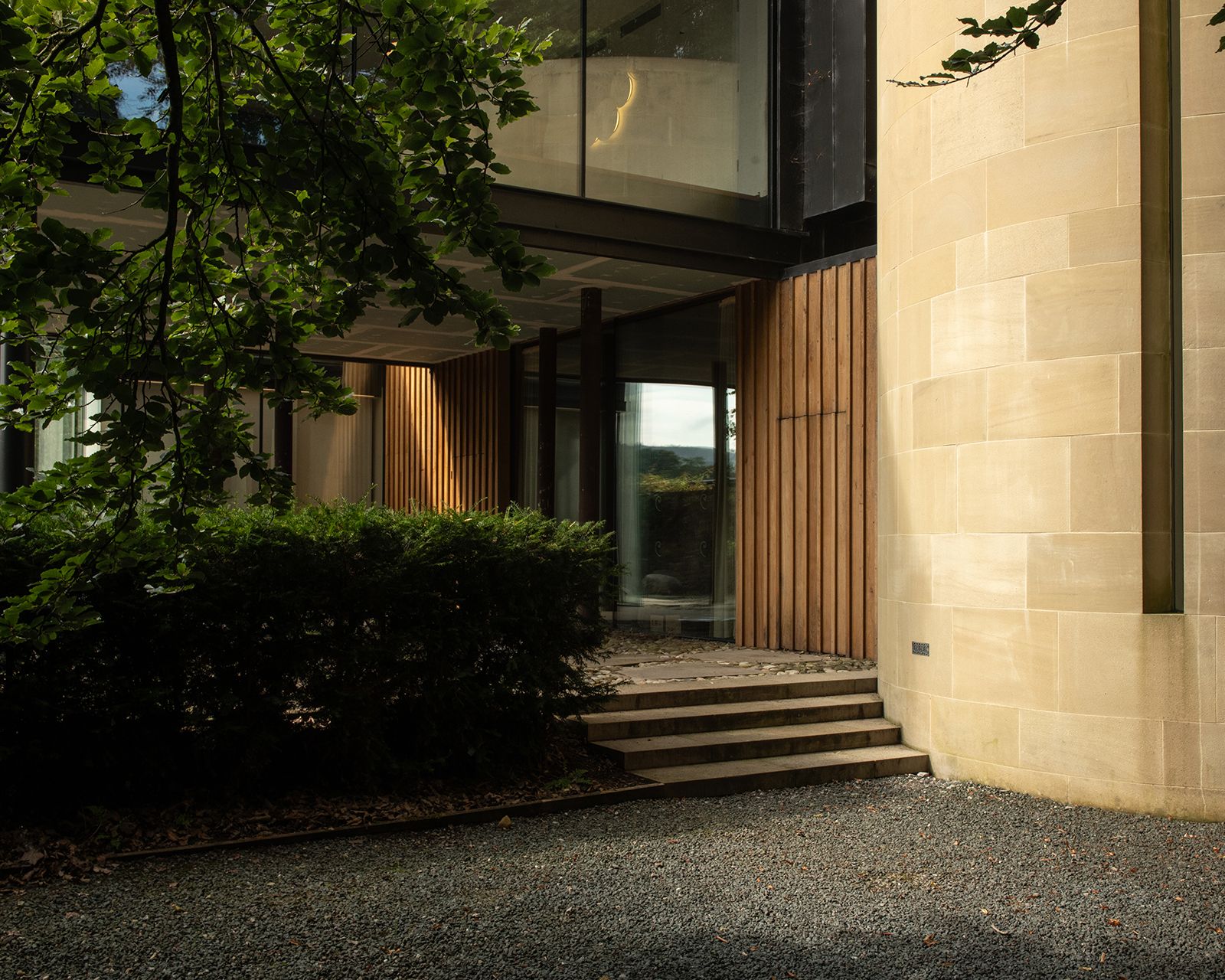
While operational carbon – emissions from heating, cooling, and lighting buildings has long been in the spotlight, embodied carbon is now demanding equal attention.
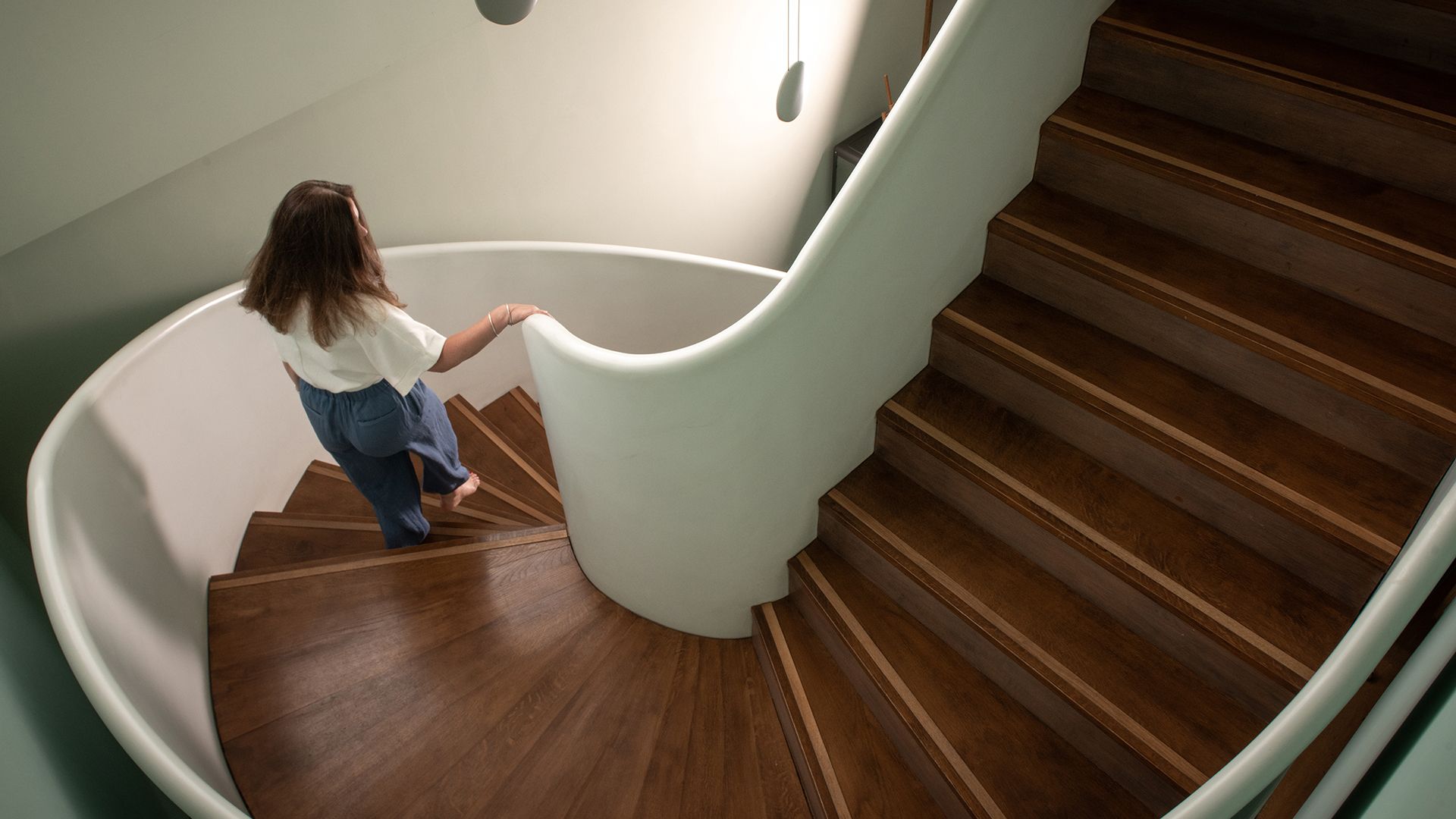
Embodied carbon explained
Embodied carbon refers to the greenhouse gas emissions generated throughout a building’s lifecycle – particularly during the manufacture, transport, installation, and disposal of construction materials. Accounting for 11 per cent of global emissions, embodied carbon makes up a significant part of the overall 40 per cent of emissions that buildings (including their operation) are responsible for.
Addressing embodied carbon starts with smarter design choices. The earlier it is considered in a building project, the greater the opportunity to make meaningful impact. One promising avenue is turning to local natural materials.
Natural materials like hempcrete (a bio-composite building material made from the woody core of the hemp plant and a lime-based binder), straw bales, sheep’s wool, cork, and local timber offer compelling benefits. These types of materials are typically biodegradable, renewable, and require less processing and transportation, dramatically cutting down on carbon emissions. They also promote healthier indoor environments through better air quality and humidity regulation.
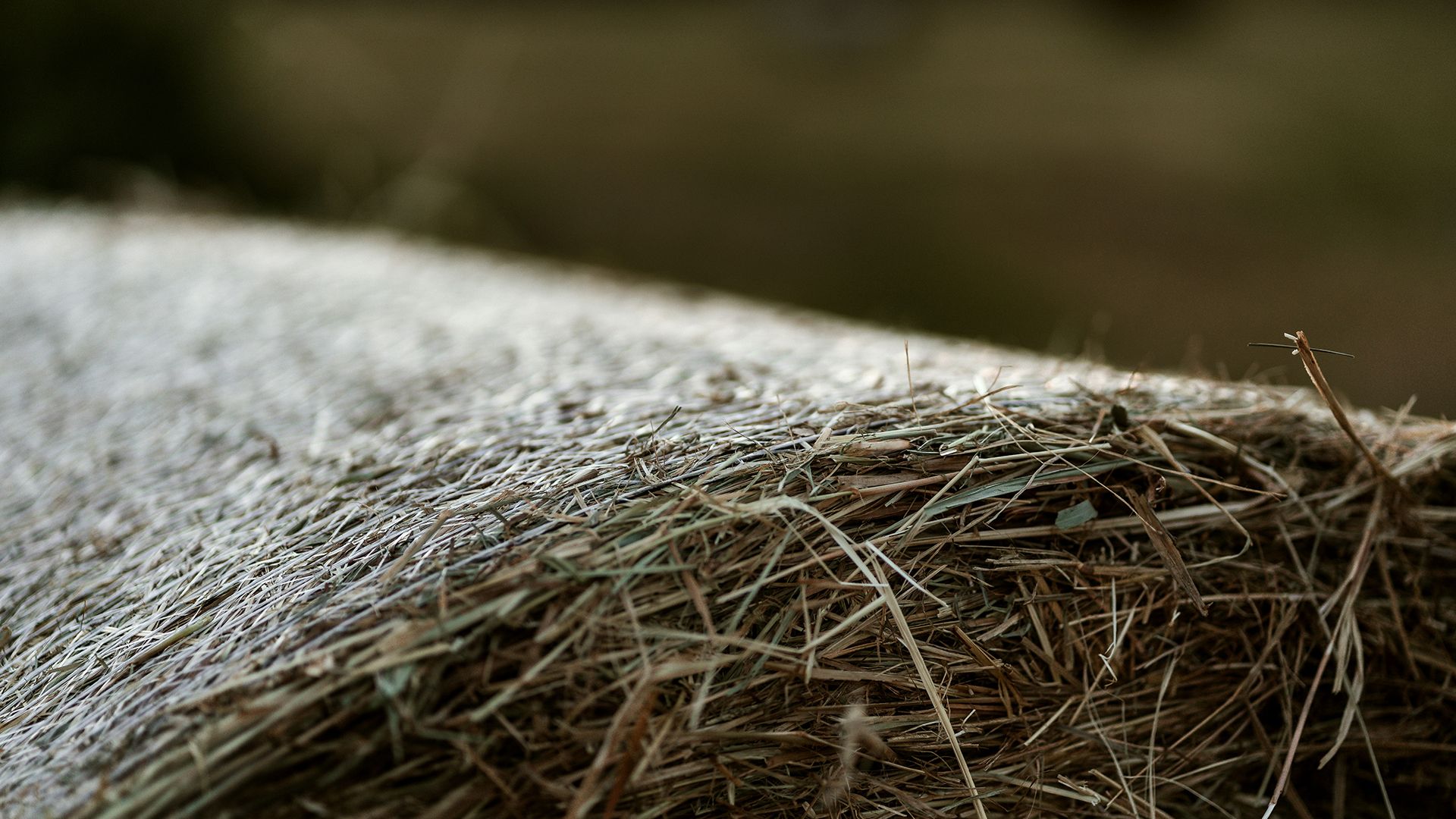
Natural solutions by design
Two standout businesses, EcoCocon and Hemspan, show the power of natural solutions.
EcoCocon’s straw bale system exemplifies how modular, customisable, and Passivhaus-certified construction can be both efficient and environmentally responsible. It boasts carbon sequestration, rapid installation, and excellent acoustic and thermal performance.
Hemspan, on the other hand, harnesses the versatility of hemp to deliver carbon-negative buildings that are not only thermally efficient but designed for long-term sustainability. With strategies like solar optimisation, greywater recycling, and breathable insulation, Hemspan homes are pushing the boundaries of green design.
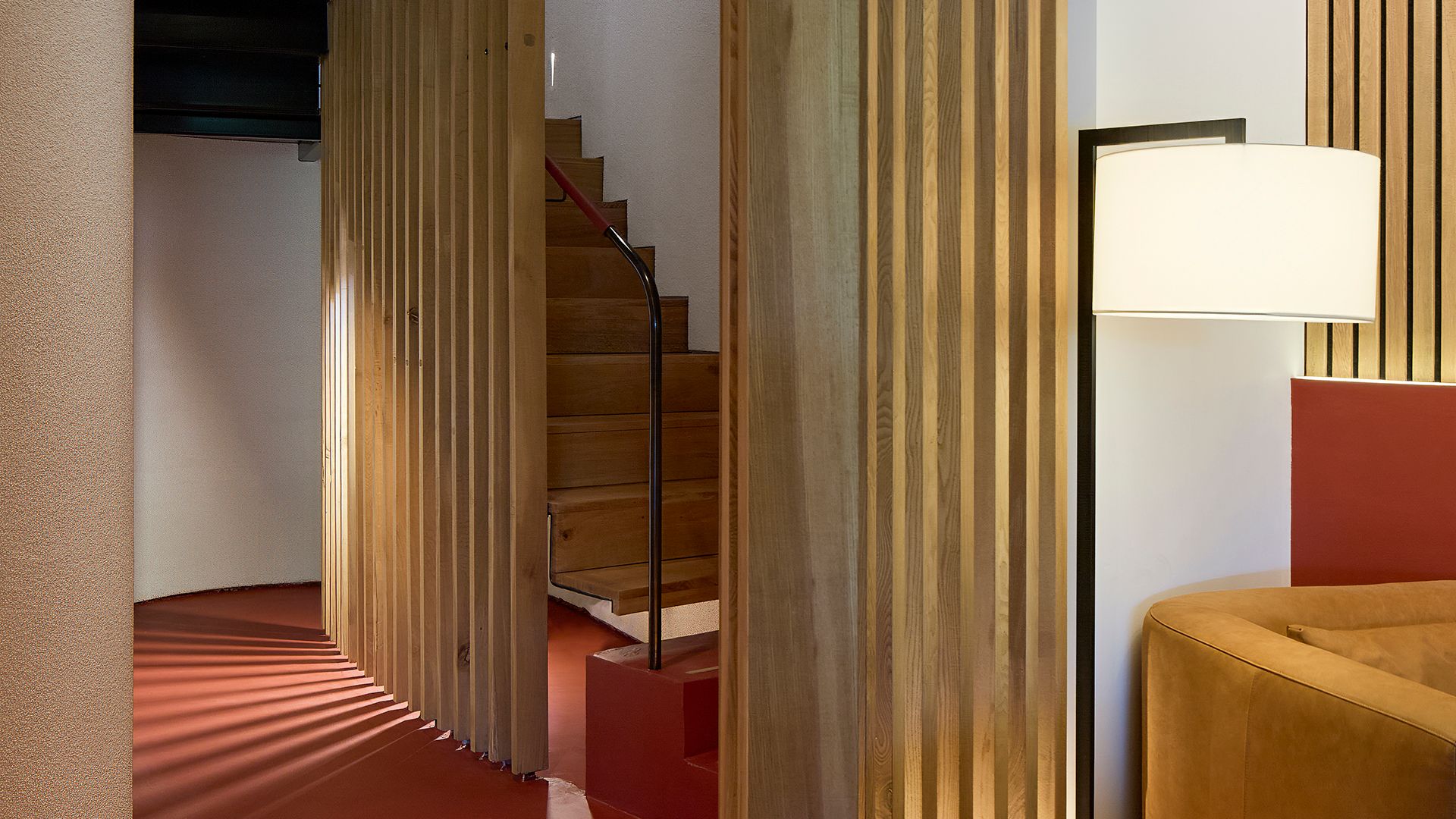
Building sustainability
But despite their promise, the widespread adoptions of natural materials faces hurdles. Concerns around durability, code compliance, insurance, and skilled labour availability persist. Some mortgage providers view these materials as non-standard, creating additional barriers to widespread adoption. Education and policy support will be key to unlocking their full potential.
Legislative frameworks like the RIBA 2030 Climate Challenge, UK Net Zero Carbon Buildings Standard, and the proposed Part Z to Building Regulations are slowly paving the way. These initiatives aim to enforce carbon reporting, set limits on embodied emissions, and encourage whole-life carbon assessments.
One of the biggest myths is that sustainable buildings are expensive or aesthetically compromised. In truth, while materials like those used by Biohaus (Hemspan) might have a higher upfront cost – about ten per cent more, which is offset over time through energy savings, better performance, and longer lifecycle efficiency.

Embracing change
Ultimately, the path to a greener built environment lies in balanced, informed decision-making. By integrating embodied carbon assessments early and embracing local natural materials where appropriate, architects and builders can significantly reduce environmental impact. The tools and knowledge exist; we just need the will to act.
As the climate clock ticks, making responsible choices in construction is not just good practice, it is a global imperative.
If you would like to find out more about tackling embodied carbon in building projects please get in touch with the team by emailing info@ruralsolutions.co.uk or call 01756 797501.
We are using cookies to give you the best experience on our website. You can find out more about which cookies we are using on our cookie policy.

